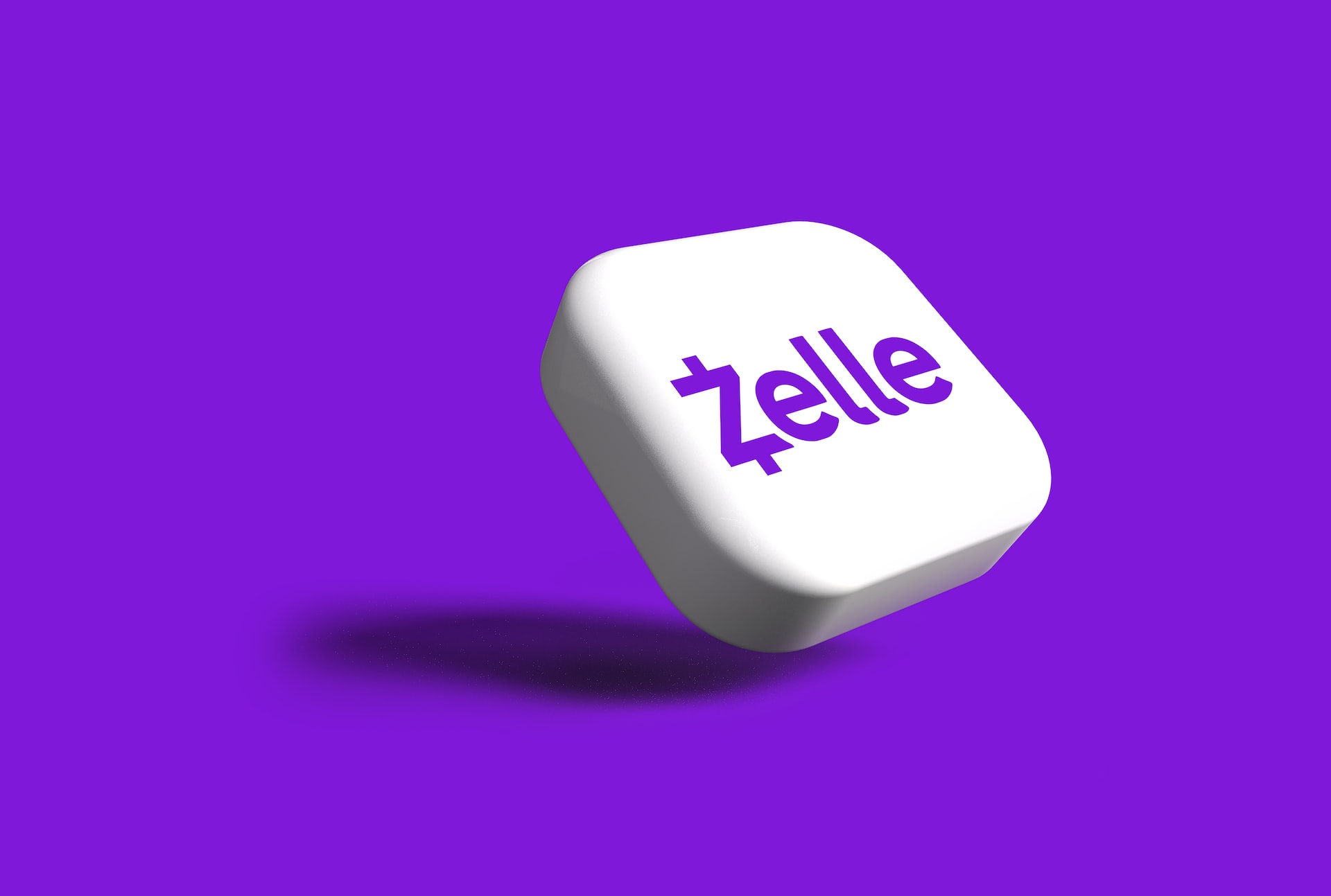Managing and transferring funds online was never more accessible, yet one can often wonder what the best service for doing so is. Zelle and PayPal often pop up as one of the most reliable and accessible platforms.

Yet, there are some key differences to understand before deciding if Zelle is better than PayPal, and if so, in which way. In this article, we will dive deep and compare these two platforms in terms of fees, exchange rates, availability, and transfer options, and we will point out the advantages of Zelle and PayPal.

Fees for Sending and Receiving
Making payments online is considered cheaper and more accessible compared to traditional wire transfers. However, most services have a fee when sending funds from one account to another. This is where Zelle takes the lead since they offer free transfer service, while PayPal takes commission based on specific parameters.
Paypal is a global platform, and to maintain its operations, they charge a fee calculated based on the payment method, sender and recipient country or region. In most cases, this fee is fixed, but sometimes it comes with an additional percentage of the transferred amount. There are no fees if you send funds within European Union from your bank account or PayPal balance.
Exchange Rates
There were many talks on PayPal’s exchange rates. In essence, it’s around 4% of the mid-market exchange rate. This means that the receiver will receive 4% less in their desired currency, which might make a big difference based on the number of funds you send.
On the other hand, Zelle doesn’t apply any fees to currency exchange only because the only supported currency is the US dollar. Now you probably see where we are going with this – Zelle supports only the US dollar and doesn’t apply fees for transfers in the US since its service is available exclusively in the United States.
Global Availability
Speaking about global availability, PayPal wins in every sense. As we already mentioned, Zelle is available only in the US and currently doesn’t support other countries and bank accounts. At the same time, PayPal is available in more than 200 countries while supporting more than 25 currencies. This is the first breaking point – if you often make international payments, Zelle will not suit your need.
Transfer and Payment Options
Transfers types offered by Zelle is US bank accounts, and payment options are internal balance on Zelle, bank transfer and debit card. On the other hand, PayPal accepts international bank accounts and can use credit and debit cards as payment options. In most countries, you can have and use funds directly from your PayPal wallet.

If we ignore the global coverage of PayPal, the two platforms are comparable regarding transfers and payment options. However, there is one key difference, which is credit cards. Zelle doesn’t accept credit cards, and PayPal does.
Advantages of Paypal
Since it’s a global and well-established service, PayPal enjoys users’ trust worldwide, meaning that it can always be the desired way to transfer funds to a person or a company from another continent. The upper limit for transfers is high. You can send up to 60,000 USD in a single transaction.
As already mentioned, in countries where regulations allow it, you can have your funds sit in your PayPal account until you want to transfer them to your bank account. In some countries, this transfer is done once per month, usually on the first working day. PayPal offers its credit line called PayPal Credit.
Advantages of Zelle
Zelle is exclusively available in the United States and offers fast and reliable payments. The only information you will need is the recipient’s phone number or email address. Zelle comes as a mobile app and mobile banking feature. This means that payments from your debit card are possible only once you link your card within the Zelle system.
On the other hand, if you use the services of Bank of America, Chase, Citi or another bank that supports mobile banking with Zelle, you can transfer funds directly from your bank account. The process of activating service is usually straightforward, and if you need a hand with it, the best is to contact your bank.
Conclusion
Zelle and PayPal are established and trusted services for fast fund transfers. They offer various options, and the critical difference is that US payments made via Zelle come without fees. However, as we already discussed, Zelle is available only in the US, while PayPal is available worldwide.
With this in mind, the conclusion is that Zelle is better than PayPal if you reside in the US and make transactions from your bank account or a debit card to another US-based bank account. If you need to make international transfers or prefer to use your credit card for such payments, Zelle is not better than PayPal since it doesn’t support such payment options.
